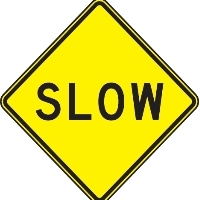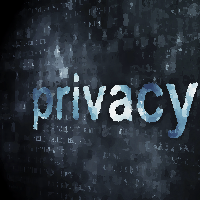How to fix failed Windows updates that may be making your system sluggish.–PC Pitstop
Failed Windows Updates Causing Slow Downs
by Bob Rankin
Does your Windows system seem to run slower than it should, even after running maintenance programs such as Advanced System Care or Privazer? Does it take “forever” to shut down or restart? Does it stall during a restart, forcing you to shut off power and restart manually? If so, read on for a non-obvious possible cause of these problems and an equally obscure but simple solution…
Deleting Failed Windows Updates Cures System Sluggishness
Windows Update has the job of keeping your computer up to date with the latest security patches and fixes from Microsoft. But for reasons that remain shrouded in mystery, sometimes those updates fail. Do you have failed updates clogging your PC pipes?
The first step is to open Windows Update and check the update history of your computer. Click Start, type Windows Update and press Enter. (On XP systems, click Start, then All Programs then Windows Update.) Next, click “View Update History.” (On Windows 10, you need to click “Advanced Options” to see the “View History” option.)
If you see several “failed” updates, that may well be your problem. Update files have been downloaded to your hard drive, but for some reason Windows Update could not install them. In some cases, the patch file may be corrupted during download. I’ve also heard that overzealous antivirus tools may try to block the installation of certain fixes. Or it could be the phase of the moon, cosmic rays, or even the Fibonacci Sequence. Like I said, shrouded in mystery.
Windows Update Cure
The problem is, Windows Update keeps trying to install these corrupted updates every time you shut down or restart your computer, and at other times when it thinks you won’t be using the machine. That vain struggle consumes system resources and delays shutdowns and restarts.
It’s not just you who has this problem; a Google search on “removing failed Windows updates” yields over 13 million hits. Solutions recommended by self-proclaimed experts and others who have no idea what they’re talking about are equally numerous. They range from “wipe the drive and do a clean installation of Windows” to a set of over a dozen complex commands that must be entered in a cmd window, with multiple reboots in between. I wouldn’t blame anyone who decided to just live with the issues described above.




